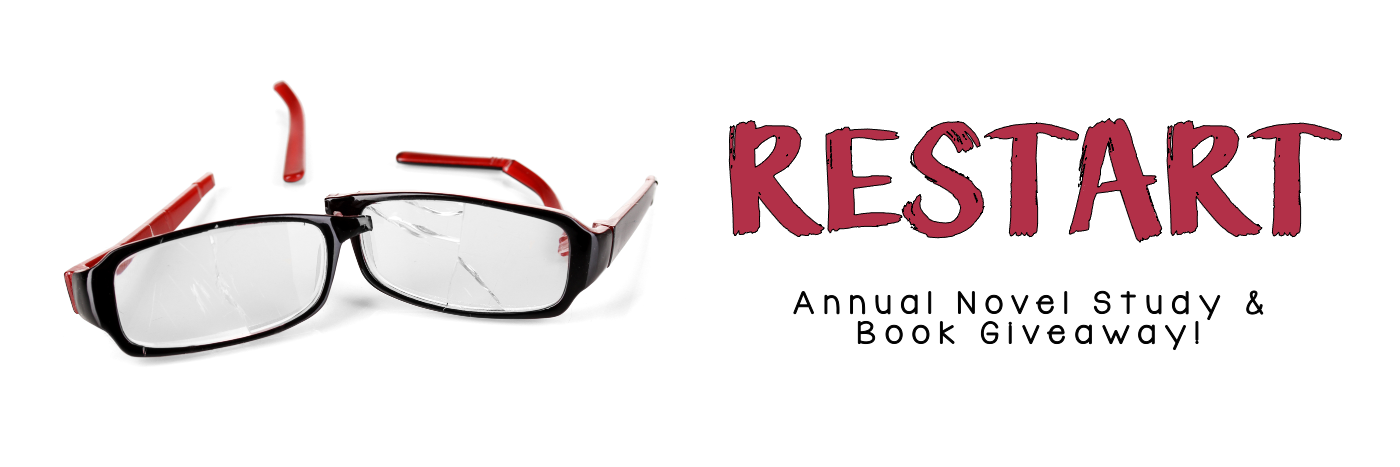
Where We Used to Roam by Jenn Bishop – Book Review
 |
Title: Where We Used to Roam Author: Jenn Bishop Publisher: Aladdin Release Date: March 23, 2021 |
As Emma begins sixth grade, she feels like she has changed. Her best friend, Becca, does not seem to “get her” as much, and she’s eager to heed her brother’s advice to find her people. Emma does just that when she joins the Art club and meets others with the same affinity for art as her. While Emma navigates the perils and pitfalls of evolving friendships, her brother Austin, a popular star quarterback, faces struggles of his own. After suffering a season-ending injury and needing surgery, Austin becomes addicted to opioid painkillers. When Austin’s addiction is discovered, he is sent to rehab, and Emma suddenly finds herself in Wyoming with her mom’s friend’s family. Although abrupt and jarring, Emma welcomes the change after potentially ruining her friendship with Becca. In Wyoming, though, Emma not only develops a newfound friendship with Tyler but also finds time to reflect and space to grow. She makes some sense of her ever-changing world and prepares to re-enter the one she so quickly had to leave. Yet, upon returning to Boston, she finds that nothing will ever be the same.
Where We Used to Roam by Jenn Bishop takes on the tough topic of opioid addiction. Austin struggles with addiction, and the narrative focuses on how his disease affects his loved ones, characters cued as White. Bishop’s approach creates a nuanced story that highlights how opioid addiction can happen to anyone, any family, and for reasons that are hard for loved ones to understand. The novel provides an intimate look into the effects of Austin’s addiction on Emma. The other characters’ choices on the periphery of her story make for a rich and dynamic narrative. Emma’s conflicts are prominent, and they blend together to create a realistic portrayal of life’s messiness and depict the realities one encounters as they try to make sense of that mess.
Educators seeking to talk about opioid addiction have to start somewhere, and Where We Used to Roam provides a safe and honest opening. Emma’s family’s story is a potential beginning, their struggles a starting point. The nature of the narrative makes it a realistic one at least. An unresolved ending highlights the long-lasting impact of this disease, one that so many families must battle. Where We Used to Roam provides space to not only talk about its broad impact, but does so with the empathetic understanding that life’s other struggles must be faced at the same time. It is a tough but realistic truth worth depicting. Educators willing to talk about tough topics will see the value of incorporating Where We Used to Roam‘s thoughtful context. Through it, middle grade readers will find something or someone to love that resonates with the challenges they face in their own life.
Thank you to Edelweiss+ and publisher, Aladdin, for an eARC of this book.
Classroom Applications
- Teacher Collaboration – Collaborate with the Art teacher. Teach the novel in conjunction with an art study of Joseph Cornell’s boxes, using this art form as a way to connect to the narrative.
- Book Club or Book Exchange – Share the novel with students that enjoy reading realistic fiction.
Nonfiction Connections
The list below outlines topics that will enrich your students’ understanding of the novel.
- Drug Addiction
- Joseph Cornell & Boxes
Book Companions
The following are great books to pair with Where We Used to Roam. In parenthesis are the specific aspects students could explore when synthesizing across the texts.
- Waiting for Normal by Leslie Connor (Character Connections, Themes, Nonfiction Connections)
- The Seventh Wish by Kate Messner (Character Connections, Themes, Nonfiction Connections)
- Sunny Side Up by Jennifer L. Holm (Character Connections, Themes, Nonfiction Connections)
*LIT Lessons participates in the Amazon Associate Program and earns a fee from qualifying purchases made on the Amazon.com site.
More Blog Posts
It’s time for the annual LIT Lessons Novel Study Giveaway! Year-over-year students grow and change, and those changes are often most pronounced when a new school year begins. It’s a fresh start and a restart. The message of Restart by Gordon Korman captures the spirit of new beginnings, evolving identity, and the universal experience of growing older.
Many ELA question stem resources provide vague sentence starters or surface level prompts to encourage students to engage with a text. Oftentimes, these resources lack true depth and rigor, which means students are not being adequately challenged to critically think about a text.
Middle grades historical fiction novels have come a long way from the books available ‘decades’ ago. In fact, this growing genre is now bursting with fantastic, inspiring, and insightful novels. It comes as no surprise that these books are finding their way into middle school ELA curricula…





